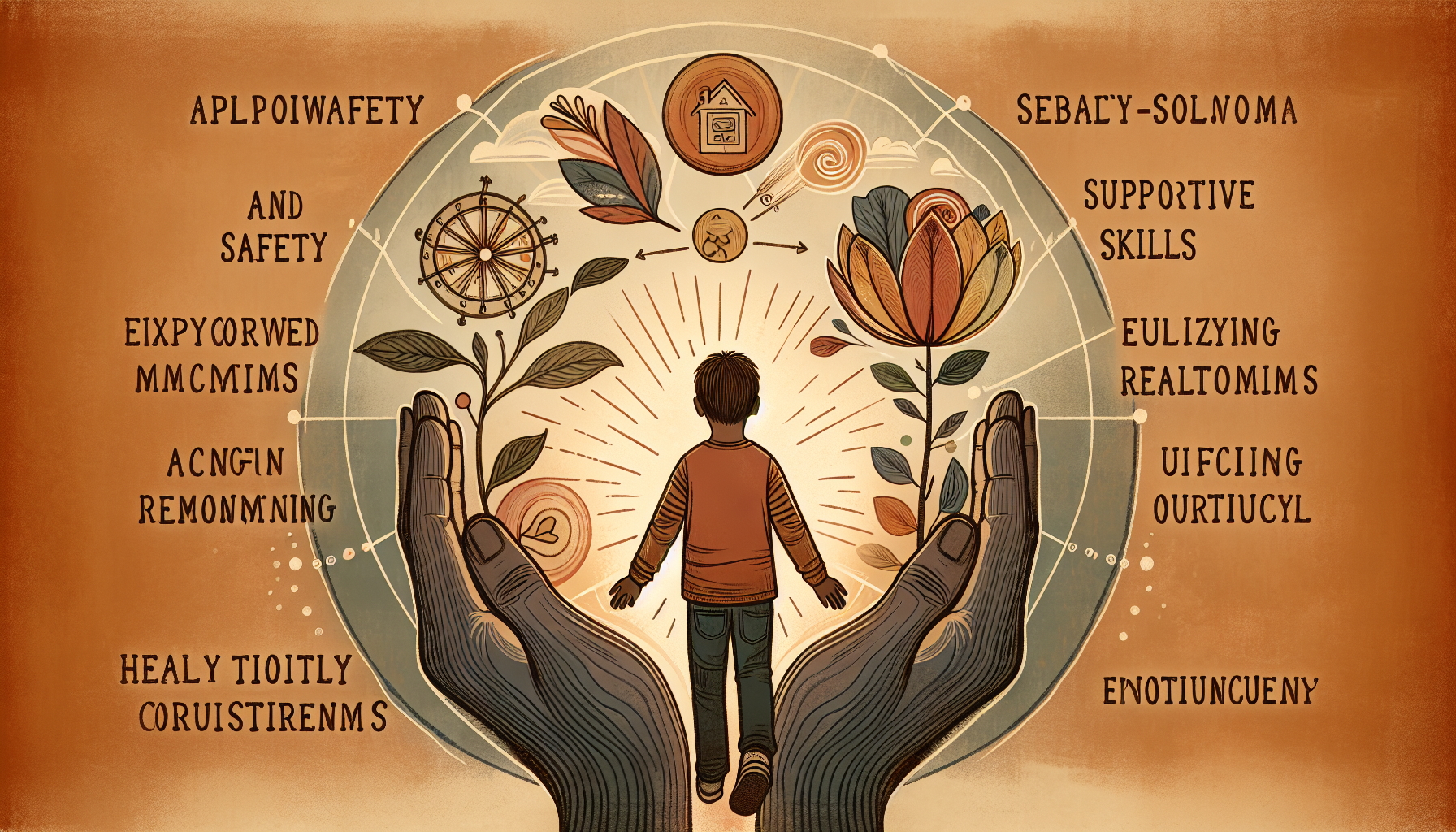“`html
How to Build Resilience in Kids
Helping children develop resilience is one of the most important things parents can do to prepare them for a happy, successful, and emotionally healthy life. In this article, we’ll explore strategies that can help your child thrive even during challenging times.
Why Is Resilience Important for Kids?
Resilience is the ability to adapt positively to adversity, bounce back from challenges, and overcome difficulties. Children who develop resilience are better equipped to handle stress, navigate social dynamics, and thrive in the face of setbacks.
Building resilience doesn’t mean shielding your child from all difficulties. Instead, it’s about equipping them with coping strategies and emotional tools to face life’s challenges. Resilient children tend to have better mental health, stronger relationships, and greater success in school and beyond.
The Foundations of Resilience
Resilience in kids is built on a foundation of key psychological needs. According to principles of cognitive-behavioral therapy (CBT) and developmental psychology, these include:
- Safety: Children need to feel secure in their environment to explore and grow without fear.
- Autonomy: Giving kids the freedom to make age-appropriate decisions helps them develop confidence and problem-solving skills.
- Self-expression: Encouraging kids to share their feelings and thoughts fosters emotional awareness and regulation.
- Supportive relationships: Strong connections with parents, caregivers, and peers provide a safety net in tough times.
Practical Strategies to Build Resilience in Kids
While some children may naturally be more resilient, there are actionable steps parents can take to nurture this vital skill. Here are some ways to get started:
1. Foster Emotional Regulation
Teaching children how to recognize and manage their emotions is a cornerstone of resilience. Help your child name their emotions—this is an essential part of emotional awareness. For example, if your child is frustrated, acknowledge their feelings by saying, “I see that you’re upset. Let’s talk about what’s bothering you.”
Other strategies for emotional regulation include:
- Practicing deep breathing exercises during stressful moments.
- Encouraging mindfulness activities, such as focusing on their senses or practicing gratitude.
- Modeling emotional regulation yourself by staying calm and composed during challenges.
2. Encourage Problem-Solving Skills
Instead of solving every problem for your child, guide them through finding solutions themselves. Ask open-ended questions like, “What do you think would happen if we tried this?” or “What’s another way we could approach this?” This promotes autonomy and critical thinking.
For example, if your child is struggling with a disagreement with a friend, help them brainstorm ways to mend the relationship or express their feelings constructively. Over time, this builds confidence in their ability to handle challenges independently.
3. Create a Safe and Supportive Environment
Children thrive when they feel safe and supported. Make your home a place where they feel heard, valued, and loved. Spend quality time together, listen actively when they talk, and celebrate their achievements—no matter how small.
At the same time, let them experience manageable failures. Shielding kids from all difficulties can hinder their resilience. Instead, help them view mistakes as learning opportunities and encourage a growth mindset.
4. Build a Strong Support Network
Having trusted adults and peers to rely on is crucial in building resilience. Help your child form meaningful relationships with family members, teachers, and friends. Encourage participation in group activities like sports, clubs, or volunteering, which can strengthen their social skills.
You can also model healthy relationships by maintaining open communication and resolving conflicts constructively in your own interactions.
5. Teach Healthy Coping Strategies
Coping strategies are tools children can use when they feel overwhelmed or stressed. Some effective techniques include:
- Journaling to process emotions and reflect on experiences.
- Spending time outdoors to reduce stress and boost mood.
- Engaging in creative activities like drawing, music, or crafts.
- Breaking tasks into smaller, manageable steps to avoid feeling overwhelmed.
Help your child explore different coping strategies to find what works best for them. The goal is to empower them with tools they can use throughout their lives.
6. Encourage Optimism and Gratitude
Resilient children are often optimistic about their ability to overcome challenges. Teach your child to focus on the positive by practicing gratitude together. For example, you can create a daily habit of sharing three things you’re grateful for as a family.
When faced with setbacks, help your child reframe negative thoughts. Instead of saying, “I can’t do this,” encourage them to think, “This is hard, but I can try my best.” Over time, this mindset shift can build confidence and perseverance.
How to Handle Setbacks
No matter how much we prepare, setbacks are inevitable. The key is to use these moments as opportunities for growth. When your child faces a challenge, guide them through the process of reflecting on what went wrong and what they can learn from the experience.
For example:
- Discuss what they could do differently next time.
- Reassure them that mistakes are a natural part of learning.
- Celebrate their effort, even if the outcome wasn’t perfect.
Conclusion
Building resilience in kids is an ongoing process that requires patience, consistency, and love. By fostering emotional regulation, encouraging problem-solving, and creating a supportive environment, you can help your child develop the skills they need to face life’s challenges with confidence and strength.
As a parent, your role is to guide, support, and empower your child to navigate the ups and downs of life. By implementing these strategies, you’re not only helping your child build resilience but also laying the foundation for a happy, healthy future.
For more tips on parenting and child development, explore other helpful resources on the Child Mind Institute website.
“`

